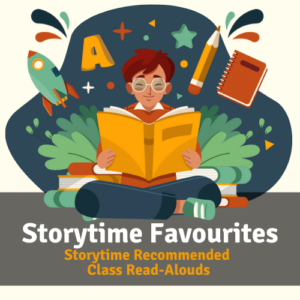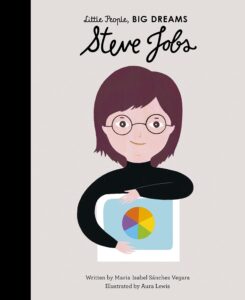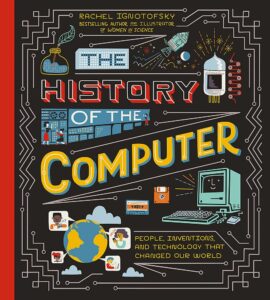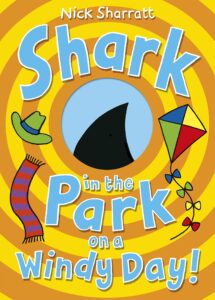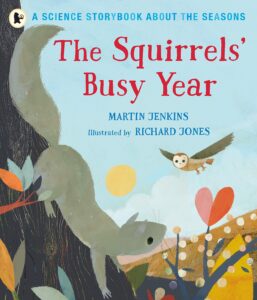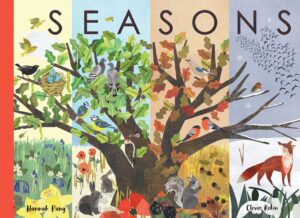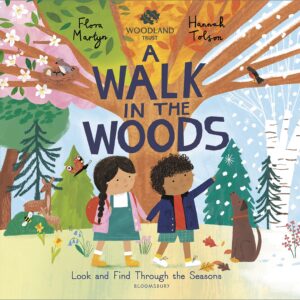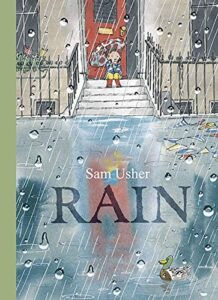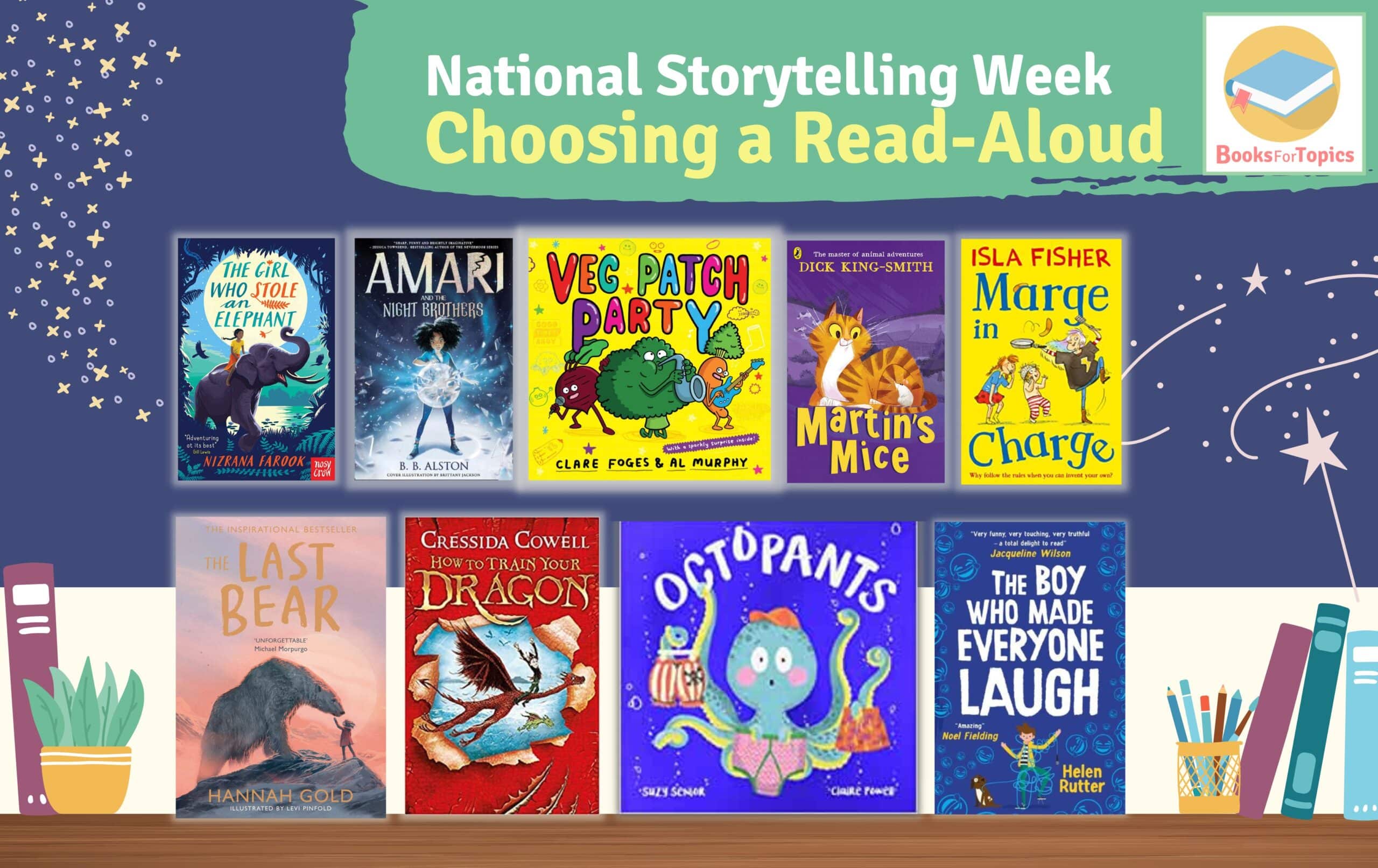
How Do You Choose a Good Classroom Read-Aloud?
 Alison Leach, Founder of BooksFortopics
Alison Leach, Founder of BooksFortopics
National Storytelling Week is celebrated from January 29th to February 5th this year and is a time to celebrate the joy of sharing stories. But how do you tell which books are going to work best for reading aloud?
Some books are renowned for having that special magic that makes readers want to pick them up and browse. A catchy title, an intriguing cover or appealing illustrations can quickly entice children and draw them into the pages of a book. Teachers have told us that they are drawn to our
Reading for Pleasure collections for this reason, knowing that children love to pick up and browse the curated selections for their year groups.
But sometimes what teachers ask us for is a book with a different quality – one whose magic works not as an independent read but as a class ‘read-aloud’. They ask for the kind of story in which the sound of the words and the quality of the storytelling are the factors that draw the readers in. There’s no joy in the classroom quite like the joy of hearing children ask for ‘just one more chapter’ – even when it’s really time to go out to play or to get ready for home time. When I was teaching, my absolute favourite part of the day was storytime; I loved doing the voices, leaving the cliffhangers hanging, drawing out the humour and – most of all – looking up at the sea of transfixed faces hanging on to my every word.
When we put together our Recommended Storytime Read-Aloud booklists for Upper KS2, Lower KS2, KS1 and EYFS, there is a special type of book that we look to select. Our school-based review panel of teachers and librarians are quick to let us know when a book possesses all the right ingredients to make it a good read-aloud.
Here are five factors that can contribute to making a story good to read out loud:
1. Storytelling that lasts between sittings
A good read-aloud hinges on the strength of its storytelling. Is the plot well-structured, with a build-up of tension, the right measure of intrigue, convincing world-building and a pleasing resolution with few surprises along the way?
For chapter books, teachers often read instalments of one or two chapters a day, and this works best for class storytimes if there is a strong mission or purpose driving the plot, so that listeners will easily pick up on the action when they return to each day’s instalment. We love the strong action-driven plot of Cressida Cowell’s How to Train Your Dragon, the personal family mission in The Super Miraculous Journey of Freddie Yates or the race-against-time wildlife rescue quest in When the Mountains Roared.
For younger readers, unified story collections work well, so that listeners can visit a familiar character or setting in each self-contained chapter without having to hold plot elements in mind from previous days. We suggest Alf Proysen’s Mrs Pepperpot stories, Isla Fisher’s Marge in Charge or Dick King Smith’s Sophie’s Adventures series for KS1, or picturebook collections like Elmer or Blue Kangaroo for Early Years.
2. A healthy dose of laughter
Most teachers can recall storytime favourites that have led to peals of laughter from their listeners, and there’s nothing that unifies a class quite like a shared bookish in-joke.
Research has shown that people who laugh more are prone to being healthier, less affected by stress or depression and have better immunity – so it follows that providing opportunities to laugh as a class really is beneficial to children and adults alike.
Among your storytime repertoire, do you have books that provide a much-needed giggle at the end of the day? For upper KS2, we suggest Llama Out Loud or The Boy Who Made Everyone Laugh or for lower KS2 we love Sam Copeland’s Charlie Changes Into a Chicken. For giggles in the youngest year groups, we recommend Octopants or the super bright and fun Veg Patch Party.
3. Something to think about
Stories can serve as a springboard to delve into more complex topics, such as bullying, mental health, climate change or grief. Many teachers like to use the opportunity of storytime to provide a safe environment to discuss difficult topics. This may not be appropriate for every story selected to read aloud to a class, but balancing the selection across the year in order to sometimes provide stories exploring tricky topics can provoke deep thought and lead to rich and meaningful discussions. The Last Bear or The Song of the Dolphin Boy are popular choices for exploring climate change with KS2, while Race to the Frozen North or Amari and the Night Brothers can lead to discussions about race, civil rights and social inequality.
4. The rich language of storytelling

Many of us love illustrations in stories and books with a strong visual element often make great independent reads, 1-1 storytimes or class study texts – where children can see the pictures close-up. But for a whole class read-aloud, the tricky logistics of enabling all children to see the illustrations well mean that the books that work best are those with a story that unfolds through text. The best read-alouds are told through high-quality and age-appropriate language that paints a strong picture in the mind of the listener. The books on our Storytime Read Aloud booklists have been selected with this in mind.
Younger year groups will latch onto the romping rhyme and cheeky wordplay of
Poo in the Zoo and
Oi Frog! or the compelling all-join-in storytelling fun of
What the Ladybird Heard, which uses a sequence of animal noises to chart an imagined story map through a farmyard.
5. A pinch of peril
Teachers need to make a judgement on how much peril their classes can handle. The safety of a classroom storytime session is a good place to introduce children to a story that is a little bit scarier than the books they might read independently.
Many Year 6 classes become quickly hooked on thrillers like Orphans of the Tide, Room 13 or Jennifer Killick’s wildly popular Crater Lake (just don’t read this one on your Year 6 residential if you want the children to go to sleep!). For younger children, animals are often the vehicle for delivering a dose of danger followed by a safe resolution – try Charlotte’s Web or the Animals of Farthing Wood for lower KS2 or Harry the Poisonous Centipede or Martin’s Mice with KS1. Not forgetting the thrill of overcoming a supervillain – albeit a tiny green one – in Supertato for the youngest year groups.
Providing a balance across the year is the key to keeping storytimes fresh and enjoyable, and as teachers and librarians get to know their classes well they can make a judgement call on how to hone their choices.
All of the texts suggested in this blog post are part of our Storytime Read-Aloud booklists, which can be viewed here and are now all available to purchase as full packs through Peters.
> Visit our Storytime favourites booklist.
> Visit our Reading for Pleasure Hub
> Browse our Topic Booklists
> View our printable year group booklists.
> See our Books of the Month.








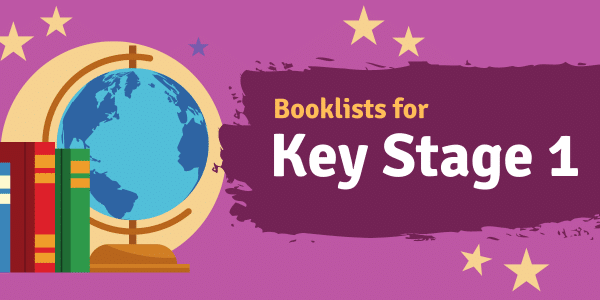
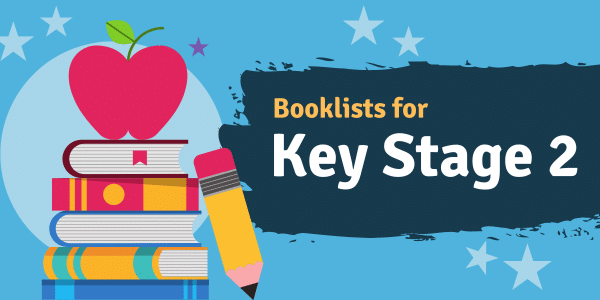

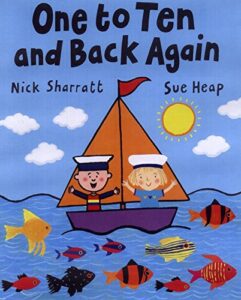
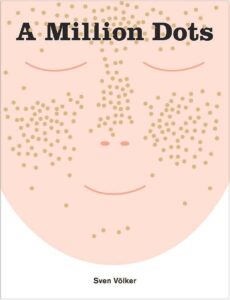


 Alison Leach, Founder of BooksFortopics
Alison Leach, Founder of BooksFortopics
















